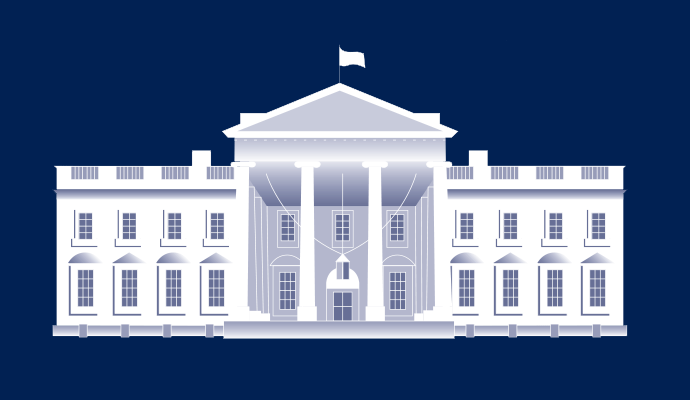Trump Seeks to Tie Fee-for-Service to Medicare Advantage Rates
An executive order directs HHS to study market-based pricing strategies for Medicare fee-for-service, including tying rates to Medicare Advantage.

Source: Xtelligent Healthcare Media
- An executive order signed by President Trump on Thursday directs HHS to explore tying Medicare fee-for-service rates to those negotiated for Medicare Advantage plans and other market-based pricing models.
The directive titled “Executive Order on Protecting and Improving Medicare for Our Nation’s Seniors” instructs HHS Secretary Alex Azar to submit a report to the president within 180 days on “approaches to modify Medicare FFS payments to more closely reflect the prices paid for services in MA and the commercial insurance market, to encourage more robust price competition, and otherwise to inject market pricing into Medicare FFS reimbursement.”
Later in the executive order, the president stated that the approaches should include:
- Shared savings and competitive bidding in Medicare fee-for-service
- Use of Medicare Advantage-negotiated rates to set Medicare fee-for-service rates
- New approaches to information development and sharing that would allow markets to lower costs and improve quality for Medicare fee-for-service beneficiaries
By aligning Medicare fee-for-service with Medicare Advantage, the Trump Administration intends to inject more competition into the healthcare economy, which has worked for Medicare Advantage. The plans recently dropped premiums by 14 percent for 2020 open enrollment, according to CMS projections.
“Instead of ending the current Medicare program and eliminating health choices for all Americans, my Administration will continue to protect and improve Medicare by building on those aspects of the program that work well, including the market-based approaches in the current system,” the executive order stated.
The Trump Administration has touted Medicare Advantage as a success. Enrollment in the program that also Medicare dollars to be used to purchase qualified private health insurance has nearly doubled in the last decade to cover about one-third of all Medicare beneficiaries, the Kaiser Family Foundation (KFF) recently reported.
Medicare Advantage plans generally provide Medicare beneficiaries with benefits not typically offered under fee-for-service, such as dental, fitness, and eye exams or glasses and most beneficiaries (72 percent) are enrolled in plans that receive high quality rating and related bonus payments, KFF found.
To achieve similar results in Medicare fee-for-service, the Trump Administration aims to bring more competition to traditional Medicare by making the program look more like Medicare Advantage.
The executive order also pushed for providers to spend more time with their patients by focusing less on billing requirements. The order directs HHS within one year to proposed a regulation that would “eliminate burdensome regulatory billing requirements, conditions of participation, supervision requirements, benefit definitions, and all other licensure requirements of the Medicare program that are more stringent than applicable Federal or State laws require and that limit professionals from practicing at the top of their profession.”
The proposal would provide Medicare reimbursement for care provided by primary and specialist health providers practicing in all types of health professions, the executive order said. It would also require a review of regulatory policies that lead to payment disparities between physicians and advanced practice practitioners.
Similarly, the Trump Administration focused on reducing payment disparities between sites of care. The executive order charged HHS to “ensure that Medicare payments and policies encourage competition and a diversity of sites for patients to access care” through site-neutral payments.
Overall, the Trump Administration confirmed its stance on improving healthcare quality and spending rates, and that is through market competition.
Currently, Medicare Advantage is the pathway for injecting competition into traditional Medicare, according to the administration. The program also promotes value-based care through its risk-adjusted payment methodology, bonus payment structure, quality ratings, and other program components.
HealthPayerIntelligence.com discusses the implications of the executive order for payers here.
